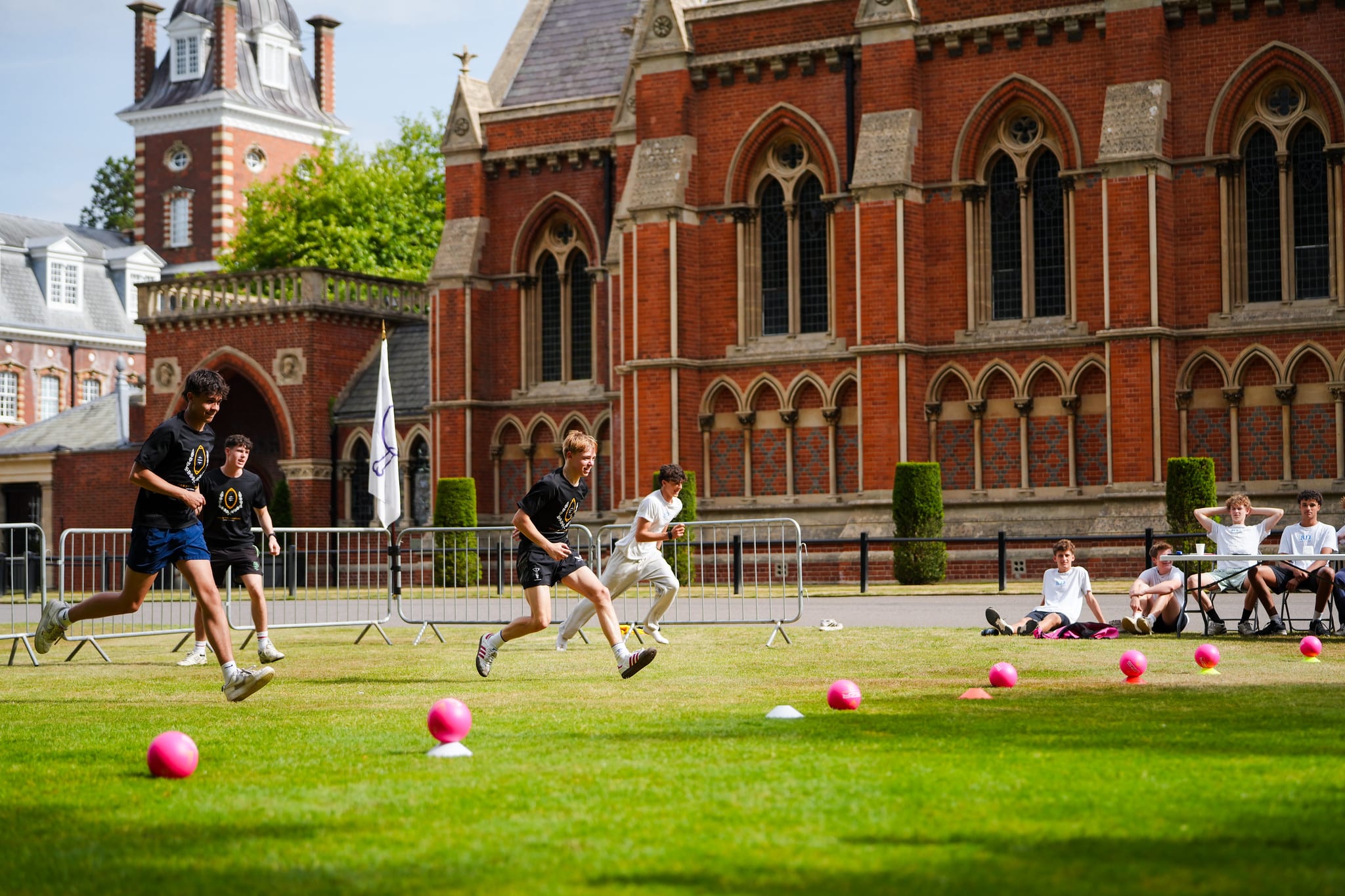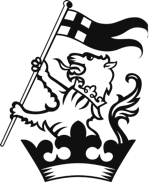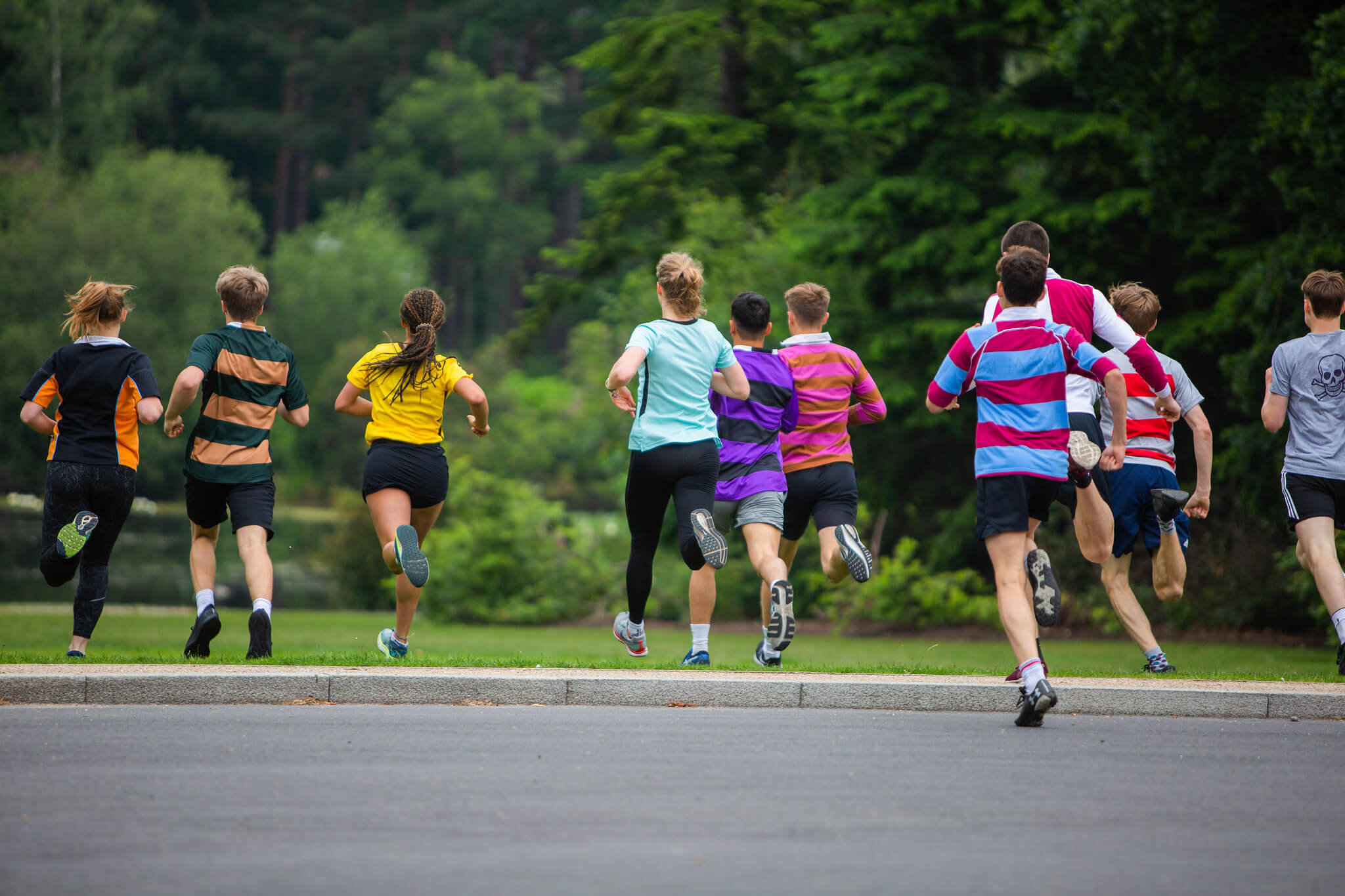
Wellington College has a proud history of cross-country running, stretching back to the 1860s; in more recent years, the College has acquired a name for Wellbeing, being one of the first schools in the UK to pioneer the teaching of Wellbeing as part of the curriculum. This year, these two traditions will combine. Thanks to the dedication of Delyth Lynch, Deputy Head (Safeguarding) and Head of Running, along with her team of running enthusiasts, the College has been recognised as a #RunAndTalk organisation.
#RunAndTalk is an England Athletics initiative supported by Mind, the mental health charity. The idea is to improve mental health through running by getting people talking, sharing their experiences and removing stigma. The #RunAndTalk programme will be a great addition to Wellington’s Wellbeing programme: staff and students will have the opportunity to be trained as Mental Health Ambassadors and Mental Health Champions, providing additional support and guidance to raise awareness of mental health issues. Delyth Lynch and Sarah MacKenzie (HM Combermere and a member of the running club) have recently trained as Mental Health First Aiders and Delyth, Sam Gutteridge and George Wells have completed their courses in Mental Wellbeing in Sport.
#RunAndTalk is the latest in a long line of running initiatives at Wellington and will join such traditions as the annual Kingleys races, in which more than 1000 enthusiastic students and staff weave their way through Wellington’s 410-acre site, a 5K challenge that culminates in a plunge through Swan Lake. The Boughey Run, a more recent but nevertheless a much cherished tradition, sees 18 gutsy individuals, one from each House, attempt to run from Front Quad to Swan Lake and back in the time taken for the clock to chime twelve (a near-impossible feat, but contested in true Wellington style). This term kicked off with The Welling10K, another annual event, in which pupils, OWs, staff, parents, and members of the wider Wellington Community run to raise bursary funds in memory of a much-loved member of staff, Jimmy Higham. Other events, such as the Waterloo half-marathon and the Pink Pavilion Dash, mean that running remains at the heart of the Wellington experience. This year two waymarked running courses will be set out in the College grounds to encourage students to run as part of their wellbeing and in the Summer Term, the College also hopes to host its very own ‘ Park Run’ equivalent for the students, staff and parents.
Last term, to coincide with the Kingleys, the College archivist, Caroline Jones, created a magnificent showcase in the V&A to celebrate the history of running at Wellington: video footage, images and first-hand accounts brought this great Wellington tradition to life. Below is the text from Caroline’s display.
Running at Wellington
Cross-country running is believed to be the first sport ever practised at Wellington College – probably because it was possible even before the surrounding heathland was made into rugby or cricket pitches. Tradition says that running was introduced by the Rev Charles Kingsley, a well-known writer and the Rector of nearby Eversley. Our most famous races, the Kingsleys, are named after him, and were first run in 1860.
For the first hundred years of Wellington’s history, running took two forms: steeplechases, such as the Kingsley, and the longer paperchases, which were more frequent.
Paperchases
Historically, most cross-country running at Wellington took the form of paperchases, in which a pack of runners known as the “hounds” would follow a trail of ripped-up paper laid by two runners known as the “hares”. Thus the sport was as much a test of navigation across country as of running skills, and runners might have to negotiate hedges, ditches and ploughed fields. The pack would usually pause and gather together about 1 kilometre away from College before racing home in the final “run-in.”
The hares carried the paper, known as “scent,” in large shoulder-bags, and photographs show extra paper being delivered to them half-way round the course by teachers on horseback or, later, in cars. Most paperchases covered a distance of between 11 and 13 miles (17 to 21km), and took around 2 hours, although in some cases the runners got lost and did not arrive back until after dark! For the Fleet Run, which started in about 1870, participants would take the train to Farnborough and run from there back to College.
Steeplechases
Like the horse race of the same name, steeplechases included natural obstacles such as fences, hedges, ditches and rivers. The course was much shorter than a paperchase, taking between 12 and 15 minutes to run, and was marked out with flags or rags tied to fences and trees. Wellington’s main steeplechases have always been the Kingsleys, begun in 1860, only a year after the College opened. These usually consisted of the “Big” and “Little” Kingsley, for senior and junior runners respectively. Initially they were run in November, but from 1883 onwards have generally been held in March or April.
Until 1963, the Kingsleys were run in the Blackwater meadows and included crossing the Blackwater River. By 1964 the river was considered too polluted for the races to continue, and so from 1965 they have been held in the College grounds, with crossing of the lake replacing that of the river. The maps above and below show the old course, from 1957, and the first example of the new course in 1965.
The Pancake Run
During the 1880s, a paperchase for under-16s was initially held on Shrove Tuesday. This soon became an annual event known as the “Pancake Run.” It was compulsory, meaning that fields of between 200 and 400 regularly took part. It became the custom that the “hares” who laid the paper trail should be the Head of School and the Captain of the First XV. It was also traditional that other senior boys (often members of the XV) would take part and help the younger boys along, as shown in these illustrations from the Wellingtonian.
The run became so much a part of Wellington tradition that in 1915 two Old Wellingtonians, serving as Army officers in northern France, decided to go for a run of their own when they realised it was Shrove Tuesday.
The Pancake Run was the last school race to be a true paperchase, but by the 1950s, views on litter had changed and attempts were made to pick up the paper the following day. In 1954 sawdust was used instead of paper, but was found to be unsatisfactory, and the race was not run again.









